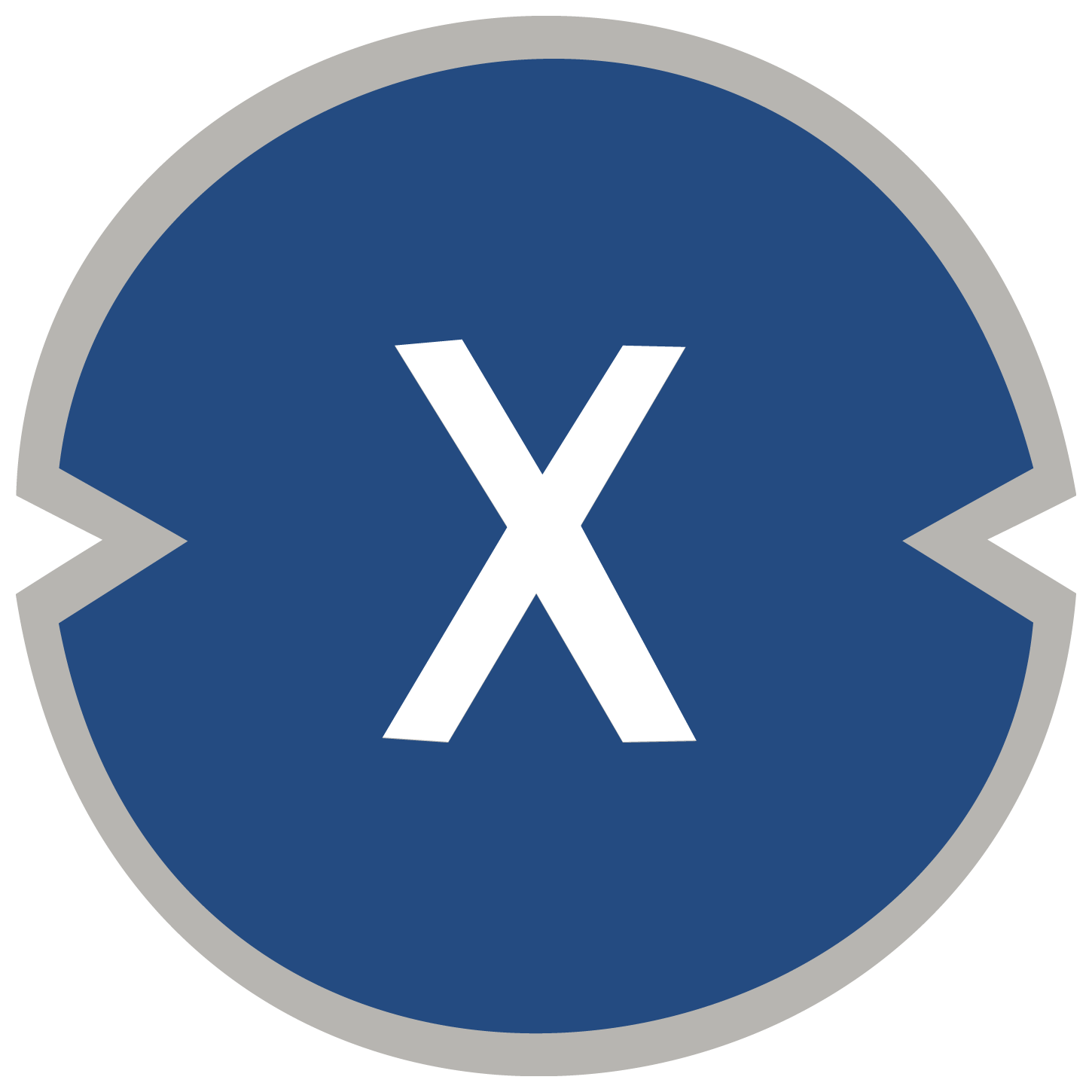According to industry reports, over $24 billion of real-world assets (RWAs) are tokenized on public blockchains as of 2025. Big institutions like BlackRock, JP Morgan, Franklin Templeton, and Siemens are leading the charge, deploying blockchain infrastructure to digitize securities, real estate, art, and even U.S. Treasury bonds.
By creating blockchain tokens backed by tangible assets, RWA tokenization promises to unlock massive liquidity.
What is RWA Tokenization?
Real-world asset tokenization, also known as RWA tokenization, is simply the creation of blockchain tokens that represent ownership of real, off-chain assets. Each token is backed by something tangible like cash, stock shares, bonds, real estate or commodities.
These tokens live on public blockchains. The token owner has a claim on the fundamental asset and that claim can be split into fractional shares. Experts explain this concept as: one could tokenize a $1 million building by issuing 1,000 blockchain tokens worth $1,000 each.

Investors can buy these tokens and gain proportional ownership and returns (e.g. rental income); while the blockchain ledger transparently records every transaction. Tokenization combines traditional financial assets with decentralized technology.
In practice, tokenization involves these steps which are selecting the asset, defining the token type (fungible vs non-fungible), choosing a blockchain network, ensuring off-chain assets are verifiably held and minting the tokens via smart contracts.
Also read: Google Layer 1 Blockchain Targets Future of Global Payments
RWA Tokenization Benefits
By putting RWAs on blockchain markets, sellers and buyers can interact globally 24/7. Illiquid investments (like private credit or real estate funds) get continuous marketplaces. Chainlink experts say tokenized RWAs provide more liquidity even for normally illiquid assets.
RWA tokens allow fractional ownership whereby expensive assets can be split into small pieces, lowering the minimum investment and democratizing access. Retail investors worldwide can own slices of real estate, artwork or institutional funds via tokens.
Every token transaction is recorded on-chain, creating an audit trail. This reduces opaque counterparty risks. Smart contracts can execute payments (e.g. dividends or bond interest) and enforce ownership rules automatically
RWA Tokenization Market Growth and Trends
The RWA tokenization market has blown up in recent years. Analytics firm RWA.xyz reports $28.2 billion of real-world assets are on-chain as of September 2025. Binance Research found RWA tokens grew 260% in 2025, from $8.6 billion in early 2025 to over $23 billion mid-year.
Growth drivers are tokenized U.S. Treasury instruments, private credit and institutional funds. BlackRock’s BUIDL (a tokenized Treasury fund) went from $649 million to $2.9 billion in 2025. Stablecoins backed by Treasuries (like Tether’s “USDTB” USD-Treasury token) now have over $1.6 billion on-chain.
Most of this growth is institutional. Coinbase’s 2025 outlook said RWA tokens reached $13.5 billion by end-2024 (a 60% annual growth). McKinsey predicts the tokenized asset market will hit $2 trillion by 2030.
Institutional interest is also getting regulatory and media attention. In a recent 2025 report, The White House flagged RWA tokenization as strategically important, even mentioned Ondo Finance. The total tokenized value on public chains has tripled since 2023 and experts expect more growth into new asset classes as tech and regulations mature.
Institutional Adoption & Use Cases
Based on reports, Ondo Finance allows investors to trade fractional shares of BlackRock-managed Treasury ETFs (OUSG) on-chain. By 2025 Ondo’s TVL exceeded $600 million. DeFi protocols like Aave Horizon now accept tokenized U.S. Treasuries and CLOs as collateral, with over $19 billion deployed using such RWAs. BlackRock’s BUIDL fund reached $3 billion TVL, showing institutional acceptance.
DeFi lenders are now using tokenized RWAs for yield. Ondo’s US Treasury tokens and Franklin Templeton’s BENJI fund pay interest from underlying assets. Robinhood’s CEO has said they will tokenize stocks on Ethereum/Arbitrum. Meanwhile, new entrants like Tradable (on ZKSync) have grown to $2 billion in tokenized assets in just months.
Analysts see RWA tokenization as a bridge between TradFi and DeFi, bringing reliable yields to crypto markets and new asset-backed financing models.
Challenges and Regulations in RWA Tokenization
Realistically, RWA tokenization has hurdles. Regulatory uncertainty is number one. Each asset type has different laws. Tokenized securities often require navigating complex securities laws such as MiFID in EU, SEC rules in U.S. as well as KYC/AML requirements and licensing.
Different jurisdictions have taken different approaches.
Custody and audits are technical challenges. Projects must hold the real assets and prove backing continuously. Oracles can attest to reserves, but custody of physical collateral still relies on trusted entities. Smart contracts, while powerful, have risks of bugs or hacks.
Liquidity is another issue: many RWA tokens have low trading volume and often use buy-and-hold models. Without deep secondary markets, holders may have trouble exiting positions.
Legal fragmentation adds friction. Even in friendly jurisdictions, registering tokens with regulators or creating compliant security tokens can take months. Cross-border coordination is limited, so global RWA issuance often stays within a few hubs and government efforts.

Also read: SBI Expands Digital Finance Strategy with Chainlink’s Cross-Chain Tech
RWA Tokenization Future
Based on current trends and expert forecasts, RWA tokenization is expected to continue to grow, but perhaps at a steadier pace as it gets integrated into the financial system. Analysts predict the market could grow from tens of billions today to hundreds of billions or even trillions in the next decade if central banks and governments adopt digital asset rails
Technologically, innovation will focus on interoperability and scale. Multi-chain strategies are emerging: High-speed chains like Polygon and Solana are carving out RWA niches, and specialized blockchains are being built for regulated asset trading.
Investor behavior is changing. As DeFi platforms show stable, real yield (e.g. tokenized bond yields), more traditional capital could flow in.
Growth will hinge on balance. Regulators must create clear rules without killing innovation, while projects must prove custody and liquidity. If the industry can solve its technical and regulatory puzzles, RWAs on blockchain could change finance by making any asset liquid and programmable.
Conclusion
Based on the latest research, RWA tokenization will basically change asset ownership. It combines the trust and protections of traditional securities with the efficiency and global reach of blockchain.
By converting assets like real estate, debt and commodities into tradable tokens, RWA tokenization opens up access and liquidity while reducing overhead drawbacks. Major financial institutions are already investing in tokenized products but success depends on robust regulation and infrastructure.
For in-depth analysis and the latest trends in the crypto space, our platform offers expert content regularly.
Summary
RWA tokenization is a way to digitize ownership of physical and financial assets; enabling 24/7 trading, fractional investing and faster settlement. The market has grown from a few billion in 2023 to over $20 billion by 2025; led by institutional players. It offers more liquidity and access but requires legal and technical safeguards.
Glossary
Real-World Asset (RWA): A physical or financial asset e.g. property, gold, bonds; that exists outside the blockchain.
Tokenization: Converting ownership rights in an asset into digital tokens on a blockchain. These tokens can then be traded or managed like cryptocurrency.
Blockchain: A decentralized digital ledger that records transactions in a secure; immutable way.
DeFi (Decentralized Finance): Financial applications built on blockchains that operate without traditional intermediaries.
Smart Contract: Self-executing code on a blockchain that automates actions when conditions are met.
FAQs for Understanding RWA Tokenization
What are real-world assets (RWAs) in blockchain?
RWAs are physical or traditional financial assets (like stocks, bonds, real estate, gold) represented as digital tokens on a blockchain. Each RWA token corresponds to a share or claim on the fundamental real asset.
How does RWA tokenization work?
Tokenization is the process of issuing blockchain tokens that represent ownership of an asset. It involves choosing the asset and token standard, verifying the asset’s custody and minting tokens with smart contracts. Once issued, the tokens can trade on blockchain markets, while real assets are held by custodians.
Who is using RWA tokenization?
Major financial institutions e.g. BlackRock, JP Morgan and specialized firms are active. Institutional funds, money-market instruments and commodities like gold have been tokenized. Even stock brokerage Robinhood plans to tokenize equities.
What are the risks of RWA tokenization?
Uncertainty and compliance such as securities laws, KYC/AML, smart contract security. Tokens must be fully backed and tradable with robust legal frameworks and auditing. Limited secondary market liquidity can also be an exit risk for token holders.





































































































![BitTorrent [New]](https://s2.coinmarketcap.com/static/img/coins/64x64/16086.png)













